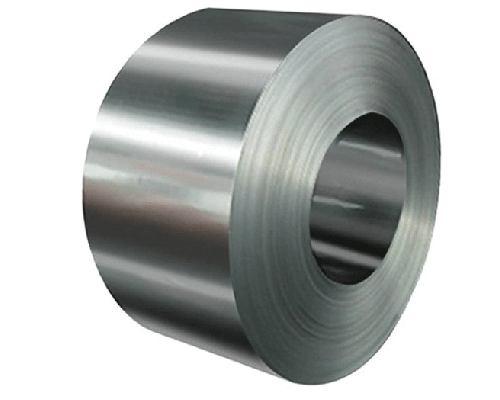
Stainless steel 304 coils are a staple in various industries due to their excellent corrosion resistance, strength, and versatility. When working with stainless steel, one crucial aspect to understand is the thickness of the coils, which can significantly impact the material’s performance and suitability for different applications. This blog delves into the importance of thickness in stainless steel 304 coils and how it affects their use in various industries.
What Are Stainless Steel 304 Coils?
Stainless steel 304 coils are made from a widely used stainless steel alloy containing chromium (18%) and nickel (8%). This composition provides 304 stainless steel with remarkable resistance to oxidation and corrosion, making it ideal for use in harsh environments. The coils are often used in applications ranging from kitchen equipment and appliances to automotive and construction industries.
Importance of Thickness in Stainless Steel 304 Coils
The thickness of stainless steel 304 coils is critical in determining their suitability for specific applications. Coils are available in various thicknesses, ranging from very thin gauges used for precision applications to thicker gauges designed for heavy-duty use. Here’s why thickness matters:
Structural Strength and Durability
Thicker coils offer greater structural strength and durability. This is essential for applications that require the material to withstand significant stress or impact. For example, thicker stainless steel 304 coils are preferred in the construction industry for structural components and load-bearing elements. Conversely, thinner coils are used in applications where flexibility and light weight are more critical, such as in manufacturing kitchen appliances and decorative items.
Corrosion Resistance
While stainless steel 304 is known for its corrosion resistance, the thickness of the material can affect its performance over time. Thicker coils provide more material to resist corrosion, which is beneficial in environments with high humidity or exposure to corrosive substances. In contrast, thinner coils may be more susceptible to wear and tear, necessitating additional protective coatings or treatments to maintain their integrity.
Manufacturing and Processing
The thickness of stainless steel 304 coils influences their machinability and ease of processing. Thicker coils require more robust machinery and processing techniques, which can increase manufacturing costs. Thin coils, on the other hand, are easier to handle and shape, making them suitable for precision manufacturing processes such as stamping and cutting.
Cost Implication
The cost of stainless steel 304 coils varies with thickness. Thicker coils cost more due to the increased material used and the more complex manufacturing processes required. However, their enhanced performance and durability in demanding applications can justify the investment in thicker coils. Balancing the cost with the application’s requirements is essential to ensure optimal performance and value.
Additional Considerations for Thickness
In addition to the factors already discussed, the role of thickness in heat resistance and temperature control is also crucial. Thicker coils can better withstand higher temperatures, making them suitable for petrochemical and power generation industries, where materials must endure extreme heat. While not as heat-resistant, thinner coils offer excellent thermal conductivity, which is ideal for heat exchangers.
Furthermore, thickness affects installation and maintenance requirements. Thicker coils may require specialized equipment for handling and installation, especially in large-scale projects, while thinner coils are easier to transport and install, reducing labour costs and time.
Choosing the Right Thickness for Your Needs
Selecting the appropriate thickness for stainless steel 304 coils involves considering several factors, including the intended application, environmental conditions, and budget constraints. Here are some guidelines to help you make an informed decision:
- For Structural Applications: Opt for thicker coils that enhance strength and durability.
- For Decorative and Lightweight Applications: Thinner coils are suitable for applications where flexibility and aesthetics are important.
- For Harsh Environment: Choose thicker coils to ensure better resistance to corrosion and wear.
Conclusion
Understanding the thickness of stainless steel 304 coils is crucial for selecting the right material. Whether you require the strength of thicker coils or the flexibility of thinner ones, knowing the impact of thickness on performance, cost, and processing will help you make an informed decision. Considering these factors, you can ensure that your stainless steel 304 coils meet your application’s demands and deliver the best possible performance. Additionally, understanding the role of thickness in areas like heat resistance and maintenance requirements ensures you choose the most efficient, cost-effective material for your industry.
The right thickness can also influence factors like heat resistance, longevity, and ease of maintenance. Thicker coils are better suited for industries like petrochemicals, where resistance to high temperatures and harsh chemicals is essential. Meanwhile, thinner coils are often preferred in industries prioritising quick installation and lightweight design, such as HVAC systems or consumer goods manufacturing.








